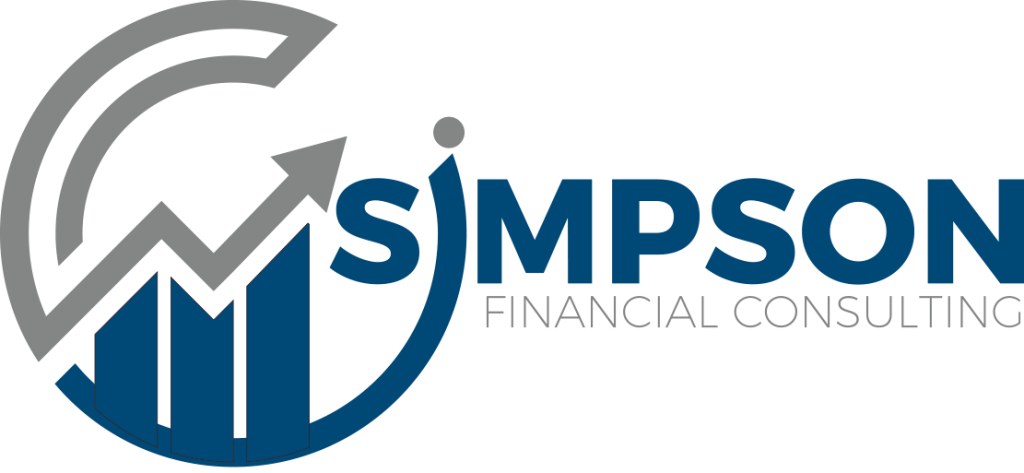
Small businesses are the heart of our economy. But growing a business isn’t always easy, especially when access to capital gets in the way. That’s where the Small Business Administration (SBA) steps in. Whether you’re just getting started or ready to scale, understanding how SBA loans and resources work could be the game-changer you’ve been looking for.
In this blog, we’re breaking down everything you need to know about SBA opportunity programs, how they can help, and what steps you can take to get started.
What is the SBA?
First, let’s start with the basics. The Small Business Administration (SBA) is a government agency created in 1953 to support entrepreneurs and small businesses. Their mission is simple: help small businesses start, grow, and succeed.
However, SBA opportunities doesn’t hand out loans directly. Instead, it partners with lenders and provides guarantees. This means if a borrower defaults, the SBA promises to cover part of the loan. Because of that guarantee, lenders are more willing to offer loans to small businesses that might not otherwise qualify.
Now, you might be wondering—what makes SBA loans different from regular business loans? Good question. Let’s dive into that next.
Why Choose an SBA Loan Over a Regular Business Loan?
It’s a fair question. After all, money is money, right? Well, not exactly. SBA opportunities come with several perks that regular loans just can’t match.
First off, SBA loans typically offer lower down payments, longer repayment terms, and lower interest rates. That combination means lower monthly payments and more cash flow to use elsewhere.
Additionally, SBA loans can be used for a wide range of business needs—from purchasing real estate to buying equipment, refinancing debt, or even expanding into new markets.
Because SBA loans are backed by the government, banks take on less risk. That often results in better terms for you. However, that government backing also comes with some extra paperwork and eligibility requirements. But don’t worry, we’ll walk you through that too.
Popular SBA Programs You Should Know About
You’ve probably heard people mention “SBA loans” like they’re all the same. But actually, there are several different programs, each designed for different needs. Here’s a look at the most popular ones:
1. SBA 7(a) Loan Program
This is the most common and flexible SBA loan. It can be used for almost anything: working capital, buying equipment, refinancing debt, or even purchasing commercial real estate.
Key Features:
- Loan amounts up to $5 million
- Repayment terms up to 25 years
- Competitive interest rates
This program is a go-to for many small business owners because of its versatility. If you’re not sure which SBA loan is right for you, the 7(a) is often a safe starting point.
2. SBA CDC/504 Loan Program
If you’re looking to purchase major fixed assets, like a building or heavy equipment, the 504 Loan Program is built for you.
Key Features:
- Designed for real estate and equipment purchases
- Loan amounts up to $5.5 million
- Fixed interest rates
The 504 program involves a partnership between a traditional lender and a Certified Development Company (CDC), which is a nonprofit that promotes economic development in local communities.
3. SBA Microloan Program
Need a smaller amount of funding? The Microloan program provides loans of up to $50,000 to help small businesses and nonprofit child care centers start up and expand.
Key Features:
- Loan amounts up to $50,000
- Shorter repayment terms (typically 6 years or less)
- Great for startups and businesses with smaller needs
Microloans can cover working capital, inventory, supplies, furniture, and equipment. However, they can’t be used to pay existing debts or purchase real estate.
4. SBA Disaster Loans
Unexpected disasters happen, and when they do, SBA disaster loans can help businesses recover. These loans are available after natural disasters like hurricanes, floods, or even pandemics.
Key Features:
- Available to businesses, nonprofits, homeowners, and renters
- Low-interest rates
- Long repayment terms (up to 30 years)
Having access to a disaster loan can mean the difference between bouncing back or closing your doors for good.
Who Qualifies for SBA Loans?
While SBA opportunities makes it easier to get funding, not every business qualifies automatically. However, you might be surprised to find that the eligibility requirements are pretty reasonable.
To qualify, you generally need to:
- Operate for profit
- Be a small business (according to SBA size standards)
- Do business in the U.S. or its territories
- Have invested your own time or money into the business
- Have exhausted other financing options
Of course, lenders will also want to look at your credit score, cash flow, business plan, and financial history. But the SBA’s backing makes it easier for many businesses to meet those lender requirements.
How to Apply for an SBA Loan
Thinking about applying? Great! Let’s go over the process step-by-step. While it might seem intimidating at first, it’s much easier when you break it down.
Step 1: Gather Your Documentation
You’ll need:
- A solid business plan
- Personal and business tax returns (typically for the last 3 years)
- Financial statements (like P&L statements and balance sheets)
- Personal and business credit reports
- Legal documents (business licenses, registrations, articles of incorporation)
It sounds like a lot, but getting organized upfront will make everything smoother.
Step 2: Find an SBA-Approved Lender
Not every bank offers SBA loans, so make sure you’re working with an SBA-approved lender. You can use the SBA’s lender match tool or ask for recommendations.
Step 3: Submit Your Application
Once you choose a lender, you’ll fill out the application forms and submit your documents. Be prepared for follow-up questions or requests for additional information.
Step 4: Wait for Approval
Approval times can vary depending on the loan type, lender, and your specific situation. It could be anywhere from a few weeks to a few months. Stay patient—and stay in touch with your lender throughout the process.
Tips for Increasing Your Chances of Approval
Want to boost your odds of getting approved? Here are a few tried-and-true tips:
1. Strengthen Your Credit:
Both personal and business credit scores matter. Work on paying down debts and addressing any issues on your credit reports.
2. Build a Strong Business Plan:
Show lenders you have a clear path to profitability. Include market analysis, marketing strategies, and detailed financial projections.
3. Be Transparent:
Don’t hide skeletons. Be upfront about any challenges or past financial hiccups. Lenders appreciate honesty and a clear plan for moving forward.
4. Choose the Right Program:
Applying for the wrong loan can waste time. Make sure you pick the program that fits your needs and eligibility.
How Simpson Financial Consulting Can Help
At Simpson Financial Consulting, we’re all about making small businesses stronger. We know the SBA process inside and out, and we can help you:
- Determine which SBA loan fits your goals
- Organize and review your application
- Connect with the right SBA-approved lenders
- Strengthen your financials before you apply
Our team works with businesses every day that need help unlocking opportunities through SBA programs. We don’t just fill out forms—we guide you from start to finish, making sure your business is positioned for success.
SBA Loans Open New Doors
There’s no one-size-fits-all solution in business financing. But SBA loans offer a powerful tool for businesses that need a little extra help reaching their next big milestone.
Whether you’re launching a dream, expanding to new locations, or rebuilding after unexpected setbacks, the SBA might be the key to getting there.
If you’re thinking about applying, now is a great time to explore your options. Let’s unlock new opportunities together! At Simpson Financial Consulting, we understand the importance of maximizing your savings. Take the next step in achieving financial success with one of our tax experts today. Contact Us at (248) 821-1816

